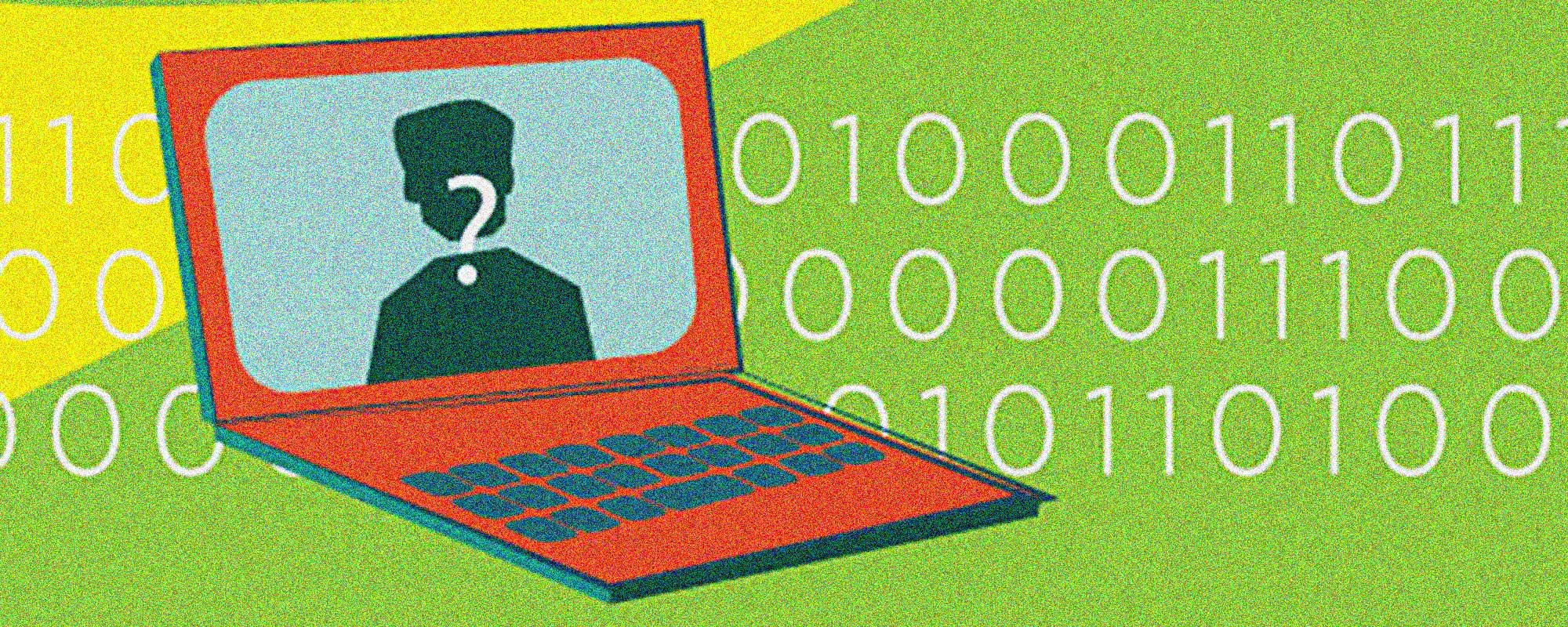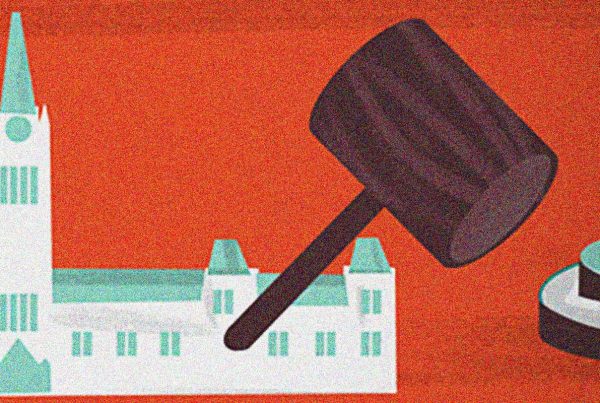Because the Learn section of TalkRights features content produced by CCLA volunteers and interviews with experts in their own words, opinions expressed here do not necessarily represent the CCLA’s own policies or positions. For official publications, key reports, position papers, legal documentation, and up-to-date news about the CCLA’s work check out the In Focus section of our website.
Cell-phones today contain some of our most private and personal information. This has undoubtedly increased our privacy interest in our cell-phones, particularly from unwanted searches from the police. In this article, I present some leading and other recent Canadian cases regarding one’s reasonable expectation of privacy in their cell phone and the police’s ability to search one’s cell phones without a warrant.
LEGAL FRAMEWORK
Section 8 of the Canadian Charter of Rights and Freedoms provides that: “Everyone has the right to be secure against unreasonable search or seizure.”
The s. 8 guarantee, however, is not an absolute right against all searches— s. 8 protects an individual from only those searches deemed to be “unreasonable”. In R v Edwards, the Supreme Court of Canada offered the following two-part framework to determine whether s. 8 of the Charter has been violated in a search conducted by the police:[1]
- First, does the individual have a reasonable expectation of privacy with respect to the item in question under the totality of circumstances?
- Second, if the individual has a reasonable expectation of privacy, did the police conduct the search reasonably?
CELL PHONES AND A REASONABLE EXPECTATION OF PRIVACY
The Canadian jurisprudence has typically found that users of cell-phones containing private and personal information have a reasonable expectation of privacy. That said, it is important to note that a determination of whether an individual has a reasonable expectation of privacy proceeds on a case-by-case basis with regard to the totality of circumstances.
- In v. Polius (2009), the court found that an individual has a reasonable expectation of privacy in the contents of his or her cell phone since “[t]he information in a cell phone … may relate to aspects of life that are deeply personal.” The information includes photographs, videos, text messages, E-mail messages, call logs, etc.[2]
- v. O. (T.) (2010) involved an accused who left his cell phone unattended to charge in the stairwell of an apartment building. The phone was subsequently searched by the superintendent of the building and handed to the police for incriminating evidence. The court found that the fact that the phone was in charging and contained private information indicated that the accused intended to retrieve the phone and therefore the phone was not considered abandoned. The court concluded that the accused had a reasonable expectation of privacy in the cell phone based on the fact that it contained highly personal information.[3]
- In v. Artis (2016), the court noted that exclusive access to one’s cell phone is not required to establish a reasonable expectation of privacy. Accordingly, the fact that the accused shared his cell phone with another person did not itself preclude the accused from maintaining a reasonable expectation of privacy in the content of his or her cell phone.[4]
Although one has a reasonable expectation to privacy to his or her own cellphone, it was until recently an open question whether one’s reasonable expectation of privacy could extend to the text messages that are sent to a recipient and contained on the recipient’s phone.
- In R v. Marakah (2017), the Supreme Court of Canada ruled that an individual may have a reasonable expectation of privacy in an electronic conversation in some cases, and that text messages that have been sent and received may therefore be protected against unreasonable search and seizure”[5]
- In R. v. Jones (2017), heard as a companion case to Marakah, the court considered whether the sender of a text message has a reasonable expectation of privacy in records of that message stored in the service provider’s infrastructure. The decision was that there is such an expectation. [6]
CELL PHONE AND POLICE SEARCH INCIDENTAL TO ARREST
In R. v. Fearon (2014), the Supreme Court of Canada maintained that there is a lower expectation of privacy during times of lawful arrest.[7] Accordingly, the Court found that a police officer may search a cell-phone incidental to an arrest where:[8]
- The arrest was lawful;
- [T]he police have a reason based on a valid law enforcement purpose to conduct the search, and that reason is objectively reasonable. The valid law enforcement purposes in this context are:
- Protecting the police, the accused, or the public;
- Preserving evidence; or
- Discovering evidence, including locating additional suspects, in situations in which the investigation will be stymied or significantly hampered absent the ability to promptly search the cellphone incident to arrest;
- The nature and the extent of the search are tailored to the purpose of the search; and
- The police take detailed notes of what they have examined on the device and how it was searched.
The Court in Fearon cautioned that the police power to search a cell phone incident to arrest is not a “license to rummage around in the device at will.”[9] The Court also held that one’s decision not to protect his or her cell phone with a password does not “indicate any sort of abandonment of the significant privacy interests one generally will have in the contents of the phone.”[10]
In v. Hiscoe (2013), the Nova Scotia Court of Appeal upheld a trial judge’s finding that, given the near month-long delay between the initial arrest and the cell-phone search, a complete “data dump” of all the information contained on the accused cell-phone went beyond the scope of a search incident to arrest. The court upheld the trial judge’s finding of a s. 8 violation.[11]
Hiscoe was decided prior to Fearson. Nevertheless, under similar circumstances, the court in v. Powell (2017) also found that the complete “data dump” of all the information contained on the accused cell-phone conducted thirteen days after the initial arrest was beyond the scope of a search incident to arrest.[12]
In v. Hiscock (2016), the court suggested that although a police officer may seize one’s cell-phone incidental to arrest, the accused is not required to reveal the passcode and any detail about the password must be obtained voluntarily and consensually.[13]
OTHER
In R. v. Rogers Communications Partnership (2016), the court held that Canadians have a reasonable expectation of privacy in the records of their cell phone activity. Accordingly, the court held that the Crown’s production orders (POs) compelling cell phone providers to provide personal information of cell phone users that have used the cell tower nearby 21 addresses given by the police for investigative purposes was overly broad and infringed s. 8 of the Charter.[14]
In addition to criminal search powers incident to arrest and search powers authorized by warrants, the Canadian Border Service Agency believe they may also search one’s cell phone upon an exit or entry at the border pursuant to the Customs Act.[15] They base this on an interpretation of s. 99(1)(a) of the Customs Act which states that an officer may:
(a) at any time up to the time of release, examine any goods that have been imported and open or cause to be opened any package or container of imported goods and take samples of imported goods in reasonable amounts.[16]
In R. v. Gibson (2017), the court held that the definition of “goods” included, for the purpose of s. 99(1)(a) of the Customs Act, data stored in any electronic device, including cell-phones, that is in “actual possession of or in accompanying baggage of traveller at time they arrive at border and commence dealings with customs officers.”[17] However, “goods” did not include data that is stored on the cloud or stored remotely on devices that are not in possession of traveller.[18] This definition of a cell phone as a “good” is challenged by the Canadian Civil Liberties Association and others.
CELL PHONES AND A REASONABLE EXPECTATION OF PRIVACY
- v. Polius (2009), 196 CRR (2d) 288 (Ont. SCJ).
- v. O. (T.), 2010 ONCJ 334.
- v. Artis, 2016 ONSC 2050.
- R v. Marakah, 2017 SCC 59
- R v. Jones, 2017 SCC 60
CELL PHONE AND POLICE SEARCH INCIDENTAL TO ARREST
- v. Fearon 2014 SCC 77.
- v. Hiscoe, 2013 NSCA 48.
- v. Powell, 2017 ONSC 6482.
- v. Hiscock (2016), 136 WCB (2d) 502 (NL Prov Ct (Crim Div)).
OTHER
- v. Rogers Communications Partnership, 2016 ONSC 70.
- v. Gibson, 2017 BCPC 237.
Footnotes:
1] R v Edwards, [1996] 1 SCR 128 at para 45 (SCC).
[2] R. v. Polius (2009), 196 CRR (2d) 288 at para 50 (Ont. SCJ).
[3] R. v. O. (T.), 2010 ONCJ 334 at para 42, 46, [2010] O.J. No. 3717.
[4] R. v. Artis, 2016 ONSC 2050 at para 12.
[5] R v. Marakah, 2017 SCC 59.
[6] R. v. Jones, 2017 SCC 60 at para 55.
[7] R. v. Fearon 2014 SCC 77 at para 56.
[8] Citing from original, ibid at para 83.
[9] Ibid at 78.
[10] Ibid at 53.
[11] R. v. Hiscoe, 2013 NSCA 48 at 79.
[12] R. v. Powell, 2017 ONSC 6482 at para 63.
[13] See R. v. Hiscock (2016), 136 WCB (2d) 502 at para 41 (NL Prov Ct (Crim Div)).
[14] R. v. Rogers Communications Partnership, 2016 ONSC 70 at para 31, 42, 43.
[15] Customs Act, RSC 1985 c.1 (2nd Supp) [Customs Act].
[16] Customs Act, RSC 1985 c.1 (2nd Supp), s 99(1)(a).
[17] R. v. Gibson, 2017 BCPC 237 at para 95.
[18] ibid at para 92.
Subheads are Heading 3 and #1e5799
Please share your experiences here by filling out our survey.
Custom Colors:
Blue: #1e5799
Orange: #ef770e

About the Canadian Civil Liberties Association
The CCLA is an independent, non-profit organization with supporters from across the country. Founded in 1964, the CCLA is a national human rights organization committed to defending the rights, dignity, safety, and freedoms of all people in Canada.
For the Media
For further comments, please contact us at media@ccla.org.




